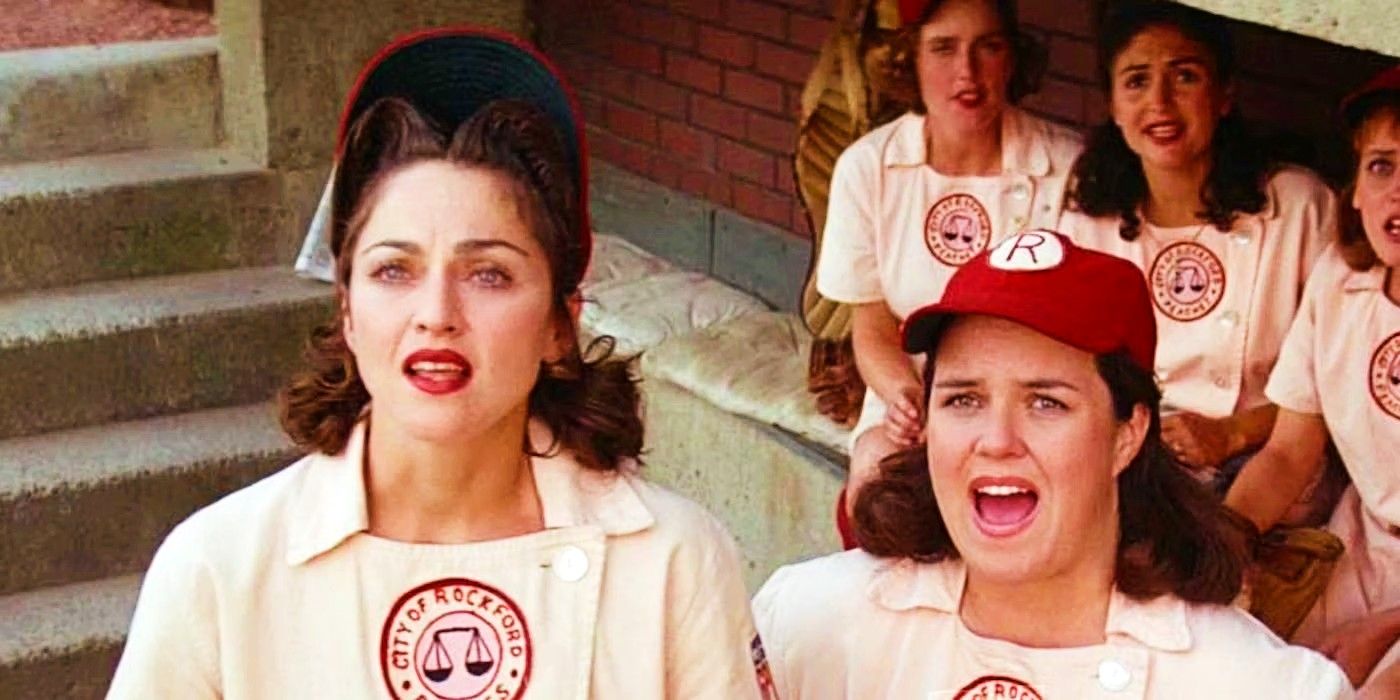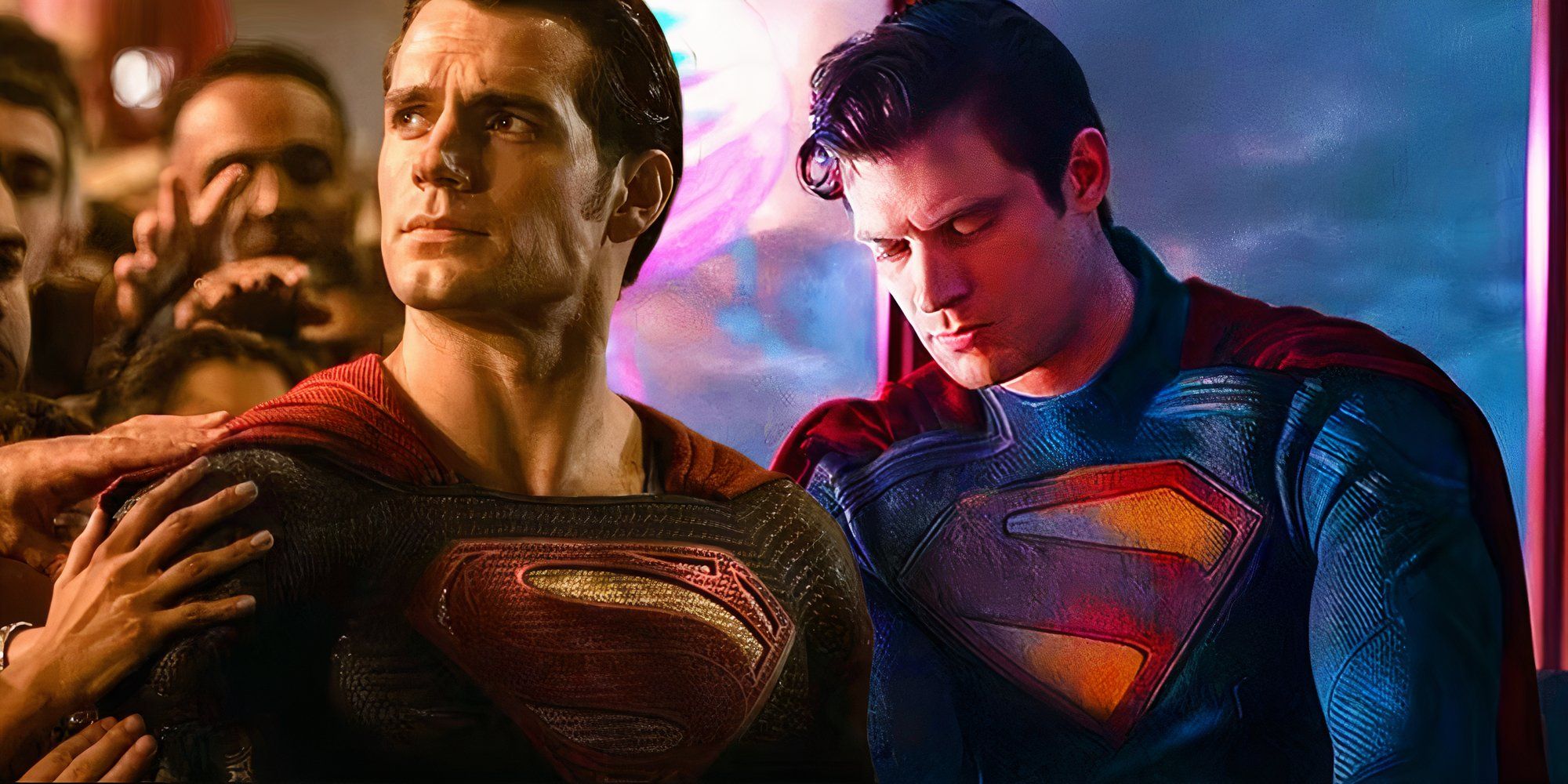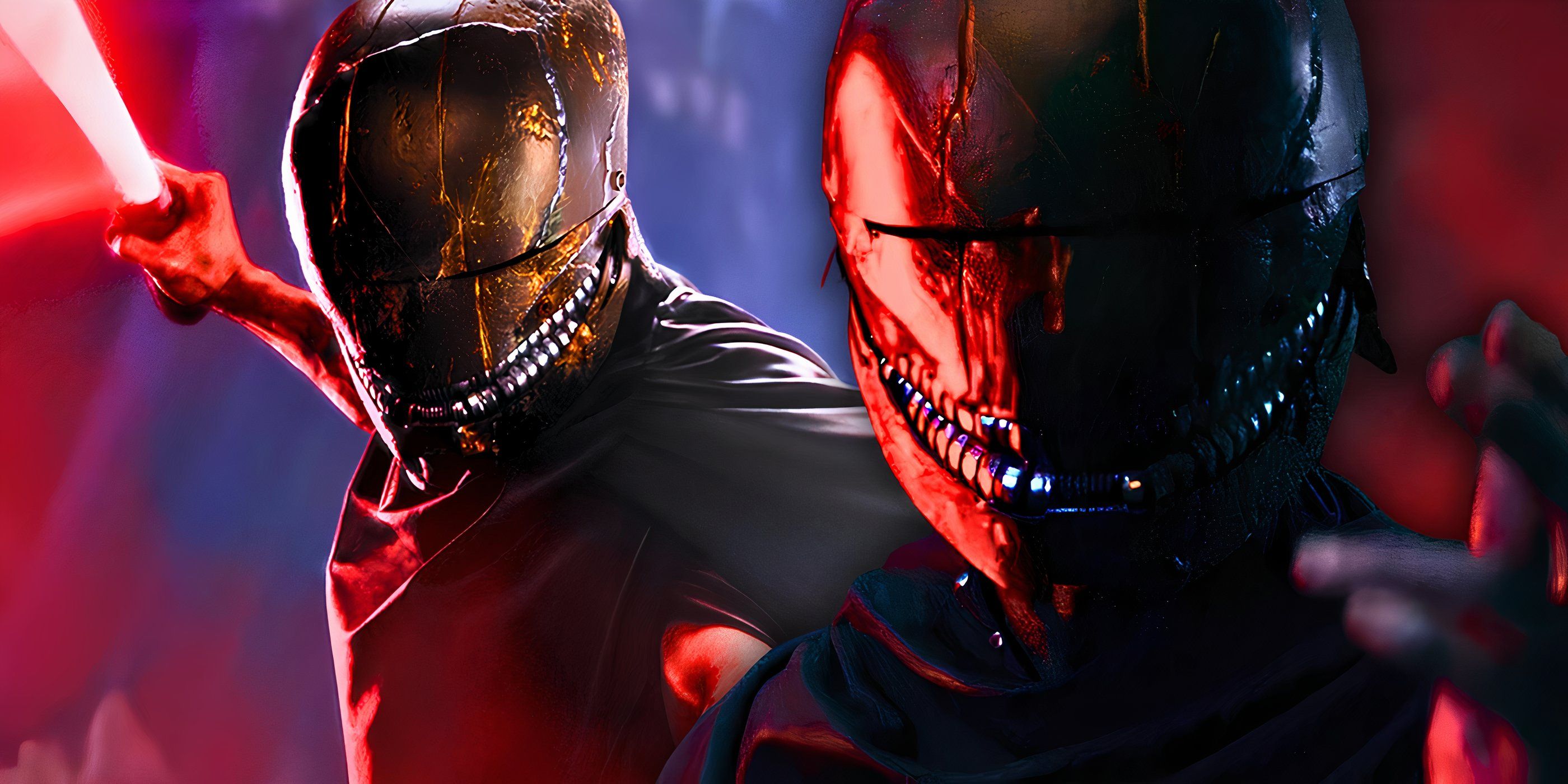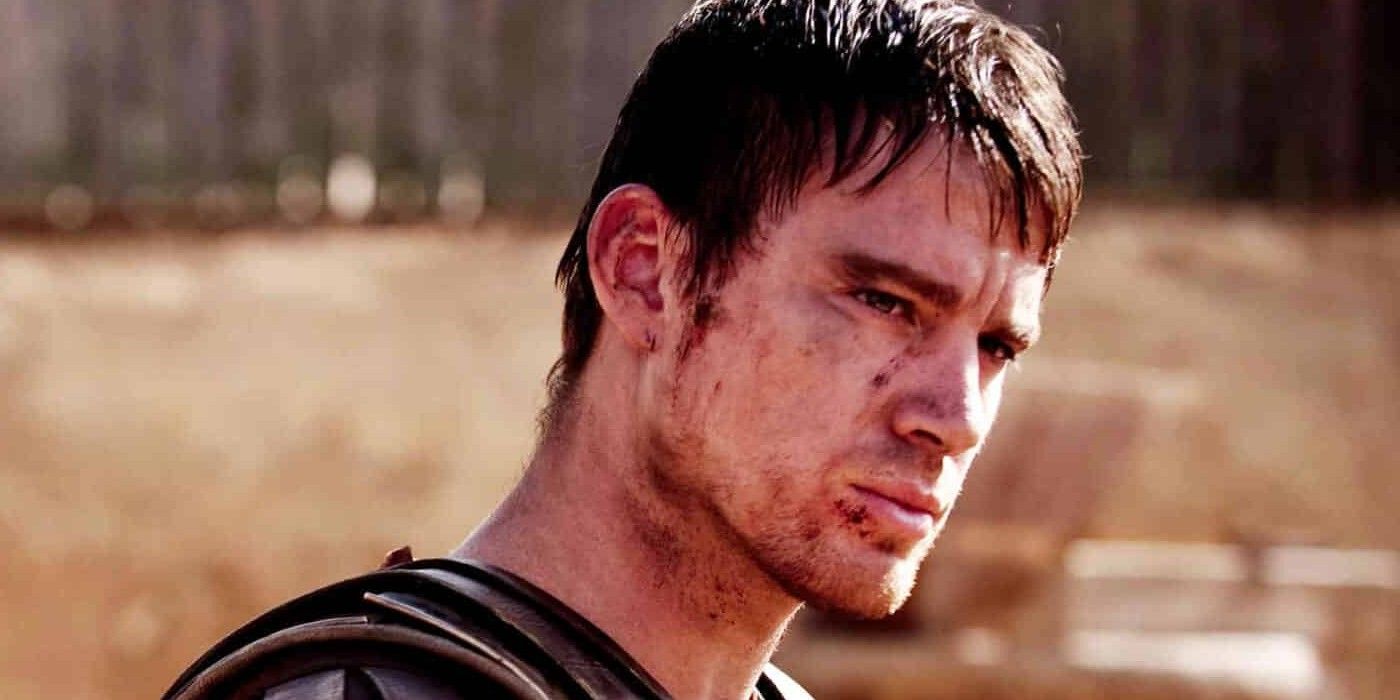Although DC Comics is known more for superheroes than for fantasy heroes, they have at various times attempted to bring more fantasy to their audiences–with results that are nothing if not underrated. Since their beginnings in the 1940s as National Comics, DC has offered readers a wide variety of characters–between super-powered do-gooders, dark-costumed mystery men, and earthly deities, they have always had more esoteric offerings right alongside them. For every Superman there has always been a Spectre, for every Wonder Woman a Madame Xanadu–and for readers craving something else in the 1970s, DC briefly offered a number of sword and sorcery comics.
Much of this was a matter of timeliness. In the world of fiction, fantasy was a growing commodity, thanks to publishing successes such as Conan (by Robert E. Howard,) Fafhrd & the Gray Mouser (by Fritz Leiber) and of course The Hobbit and Lord of the Rings by J.R.R. Tolkien. Fantasy comics began to experience success on the newsstands as well, as Marvel titles such as Thor and Doctor Strange (and of course their adaptation of Conan the Barbarian) led to a brief though rapid increase in interest in fantasy comics. It was in this climate that adult-oriented fantasy-heavy anthologies such as Heavy Metal and Epic Illustrated first saw print–and it was in this publishing environment that DC briefly forayed into fantasy comics.
DC offered a number of fantasy heroes in the 1970s: from Claw the Unconquered, a Conan pastiche by David Michelinie and Ernie Chan, to Warlord, a long-running science-fantasy series created, written and drawn by Mike Grell, to Beowulf, loosely-adapted from Old English legend by Michael Uslan and Ricardo Villamonte; clearly, DC in the seventies was unafraid of branching out beyond the boundaries of superhero comics. One of the fantasy heroes who fell by the wayside, however, was Stalker, “The Man With the Stolen Soul,” created by Paul Levitz and Steve Ditko (co-creator of Spider-Man and Doctor Strange, among others.) Stalker, despite the pedigree of his creators (including inker Wally Wood, a comics legend in his own right,) only ran for four issues in 1975 before being unceremoniously canceled on a cliffhanger.
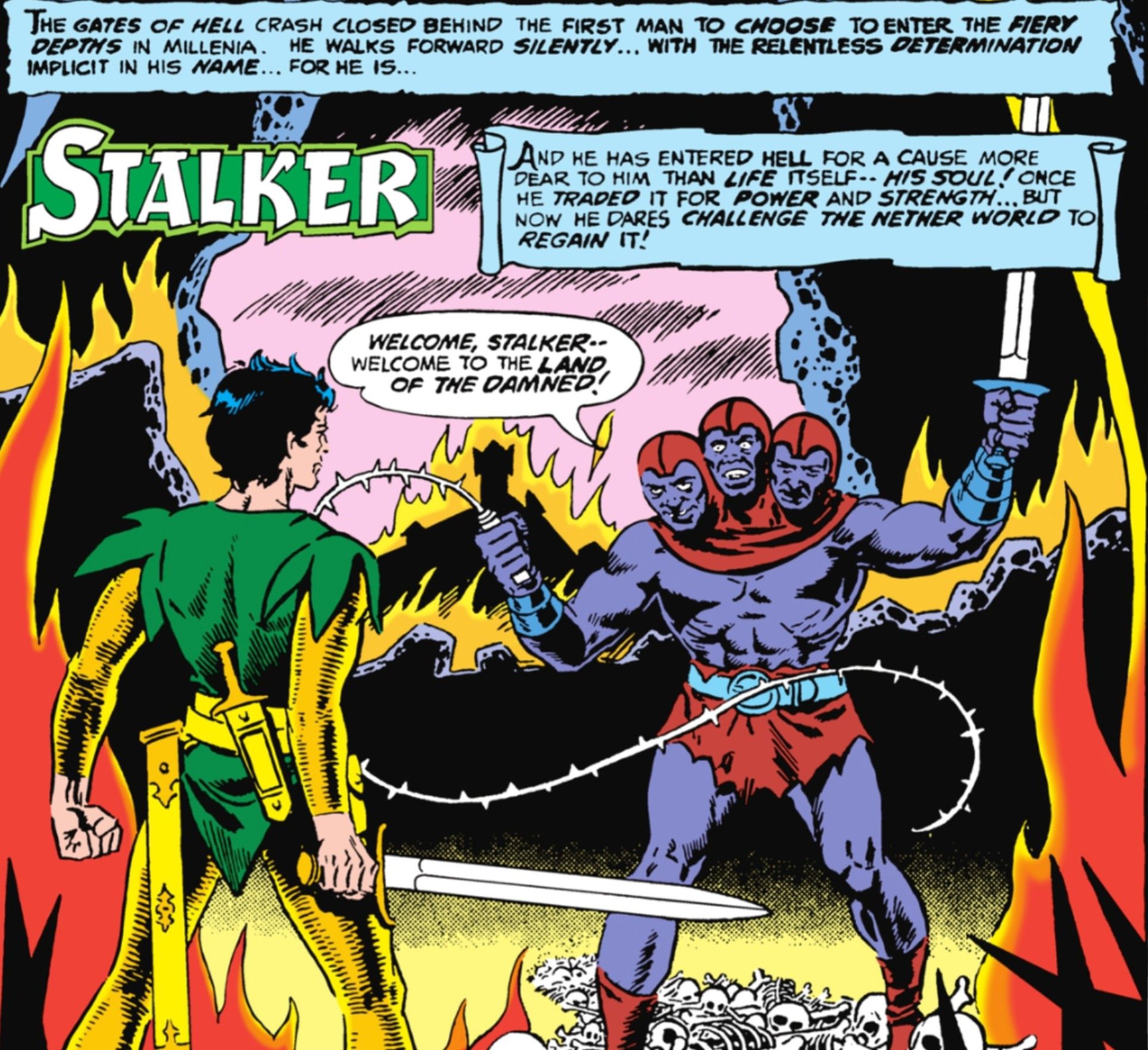
The premise of Stalker was classic dark fantasy: a nameless orphaned youth living in a far-off realm takes the name Stalker after making a deal with the demon D’Grth, trading his soul for enhanced fighting prowess. Of course, Stalker comes quickly to regret this bargain, and sets off on a quest to defeat the demon D’Grth and retrieve his soul, hacking and slashing his way through dark magical challenges at every turn. The series ends abruptly at issue four, wherein it is revealed that, because D’Grth is a deity, the only way to defeat him is to destroy belief in him–and the only way to do that is to cleanse the earth of warfare.
Stalker was a preternaturally determined character, so surely, had the series run for more than four issues, it would have detailed his continuing efforts to retrieve his soul. Stalker was brought back briefly for the Wonder Woman storyline “Ends of the Earth” by Gail Simone and Aaron Lopresti, (Wonder Woman Vol. 3 #20-23,) but his story, and the conditions of defeat for D’Grth, were retconned heavily. He was also re-imagined briefly by Marc Andreyko and Andrei Bressan as the backup feature in the New 52 series Sword of Sorcery–but again, his story was rebooted, leaving his original quest incomplete. Regardless of its incomplete status, Stalker was an exciting and stunningly-beautiful comic from a classic period of fantasy–and maybe it is time for DC Comics to return to the fantasy genre.
